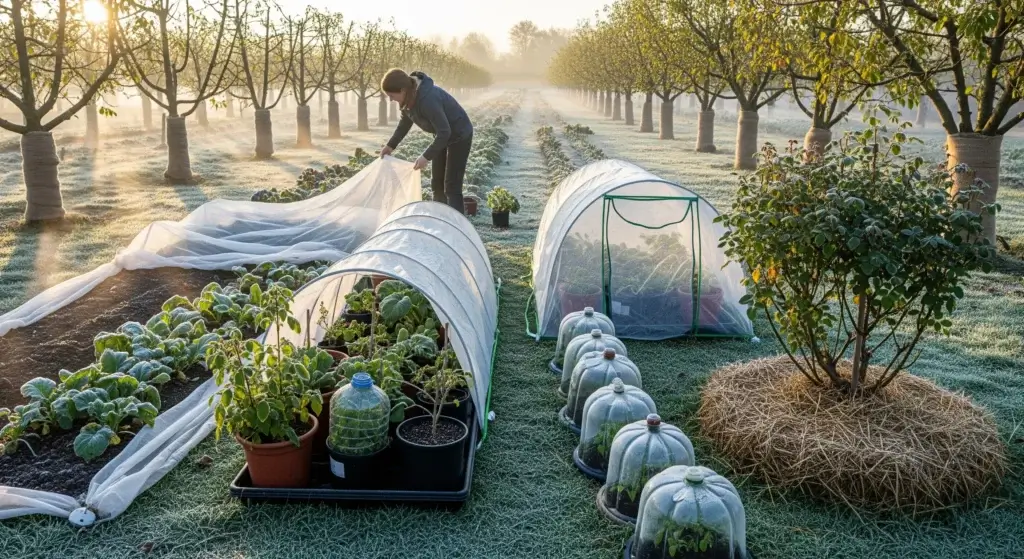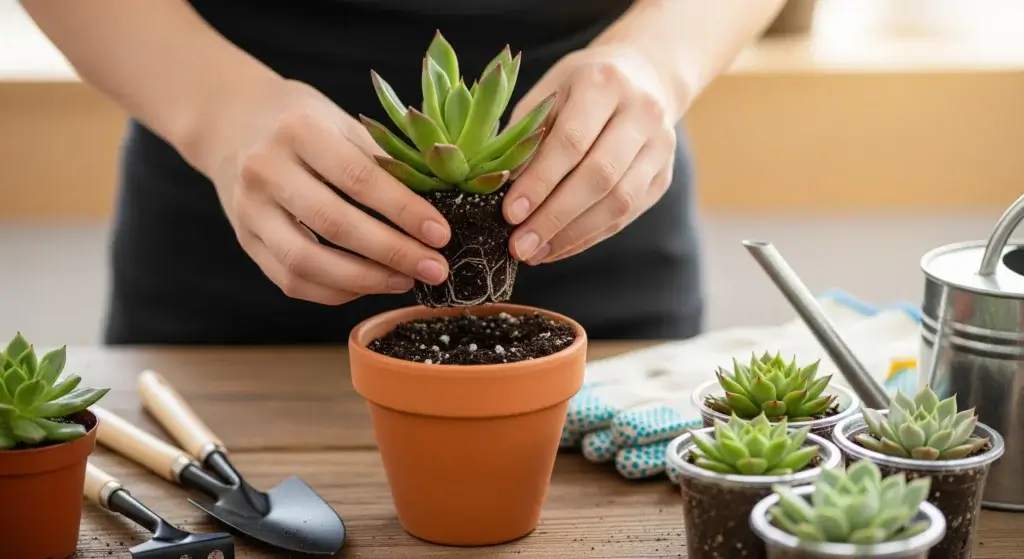
Spinach is one of the easiest leafy greens to grow, making it a favorite among gardeners.
Whether you’re a seasoned gardener or just starting out, planting spinach seeds can be a rewarding experience.
Spinach grows quickly, is packed with nutrients, and can thrive in various climates.
In this blog post, we’ll cover everything you need to know about planting spinach seeds, from choosing the right variety to caring for your plants and harvesting your crop.
Let’s dive into the details to help you grow a healthy spinach garden.
Choosing the Right Spinach Variety
Spinach comes in several varieties, each with its own characteristics. Choosing the right type depends on your climate, the growing season, and your personal preference.
Here are some common spinach varieties:
- Savoy spinach: Known for its crinkled, dark green leaves, savoy spinach is cold-hardy and great for growing in cooler climates.
- Semi-savoy spinach: This variety has slightly crinkled leaves and offers the best of both worlds—disease resistance and easy cleaning. It’s a versatile option.
- Flat-leaf spinach: With smooth, broad leaves, this variety grows quickly and is easy to wash. It’s a popular choice for salads and cooking.
According to a study published in the Journal of Horticultural Science (2022), semi-savoy spinach varieties are particularly resilient to pests and diseases, making them a great option for beginner gardeners.
Preparing the Soil
Getting your soil ready is an important step for growing healthy spinach.
Spinach loves well-drained soil that is rich in organic matter.
Here’s how to prepare your soil before planting:
Soil type
Spinach grows best in loose, loamy soil that allows for good drainage and strong root growth.
If your soil is heavy and clay-like, you can improve it by adding compost or sand.
This will help prevent root rot and other problems caused by too much water.
Soil pH
Spinach prefers soil that is slightly acidic to neutral, with a pH level between 6.0 and 7.0.
It’s a good idea to test your soil’s pH to make sure it’s in this range.
You can find soil test kits at gardening stores or ask for help from a local agricultural extension service.
If your soil is too acidic (low pH), you can add lime to raise the pH.
If it’s too alkaline (high pH), adding sulfur can help lower it.
Amending soil
Before planting your seeds, mix in organic matter like compost or well-rotted manure.
This enriches the soil with nutrients that spinach needs to grow healthy.
Adding organic matter improves the soil’s structure and helps it hold moisture, which is especially important for young spinach plants.

Planting the Spinach Seeds
Timing, depth, and spacing are key when planting spinach seeds to ensure optimal growth.
Timing
Spinach is a cool-season crop, meaning it thrives in cooler temperatures.
It’s best to plant spinach seeds in early spring or late summer for a fall harvest.
For spring planting, sow seeds as soon as the soil can be worked, usually about 4-6 weeks before the last frost.
If you’re planting in the fall, aim for 6-8 weeks before the first expected frost.
Spinach grows best when temperatures range between 50°F and 65°F.
Direct sowing vs. starting indoors
Spinach is typically direct sown into the garden bed because it has a short growing cycle and doesn’t transplant well.
However, if you prefer an early start, you can sow seeds indoors about 6 weeks before the last frost.
Transplant seedlings carefully to avoid disturbing their roots.
Planting depth and spacing
Plant spinach seeds about ½ inch deep and 2 inches apart in rows.
Space rows about 12 inches apart to allow for adequate air circulation.
Once the seedlings have grown to about 2 inches tall, thin them out to provide 4-6 inches of space between plants, giving them room to spread and grow.
Watering techniques
Water the soil immediately after planting to keep it moist but not waterlogged.
In the germination phase, consistent moisture is important.
Use a gentle spray to avoid washing away the seeds.
Once seedlings emerge, water deeply once a week, allowing the soil to dry slightly between waterings.

Caring for Spinach Plants
Taking care of your spinach plants is straightforward, and with a little attention, you can enjoy a healthy crop.
Here are some essential tips for spinach care:
Regular watering
Spinach needs consistent moisture, especially when it’s young.
Water your plants deeply once or twice a week, depending on the rainfall and how dry the soil is.
Aim to provide about 1 inch of water each week, including any rain, to keep the soil evenly moist.
A study published in the Agricultural Water Management Journal in 2020 found that keeping soil moisture consistent can boost spinach yields by up to 30%.
Fertilizing
Spinach is considered a heavy feeder, meaning it requires a good amount of nutrients to grow well.
About 4 to 6 weeks after planting, apply a balanced fertilizer, like a 10-10-10 mix, or use compost tea to encourage healthy leaf growth. B
e careful not to over-fertilize; too much nitrogen can cause leaf burn and harm the plants.
Weeding and pest control
It’s important to keep the area around your spinach plants free of weeds, as they compete for nutrients and water.
You can easily pull out weeds by hand or use a hoe to keep the garden bed clean and tidy.

Harvesting Tips
Harvesting your spinach at the right time is key to enjoying its delicious, nutritious leaves.
Typically, spinach is ready to harvest about 40 to 50 days after planting.
Here are two methods for harvesting:
Cut-and-come-again method
This approach allows you to enjoy fresh spinach over a longer period.
Simply harvest individual outer leaves when they reach about 4 to 6 inches long.
By doing this, you leave the inner leaves to keep growing, so you can return for more harvests later.
Full harvest
If you prefer, you can also cut the entire plant at the base when it’s mature.
Be sure to do this before the plant bolts, which means producing a flower stalk.
Once spinach starts to bolt, the leaves can taste bitter, making them less enjoyable to eat.
Final Thoughts
Planting spinach seeds is an easy and fulfilling gardening activity.
By selecting the right variety, preparing your soil well, and sticking to a regular care routine, you can enjoy fresh and nutritious spinach all season long.
Keep in mind that spinach grows best in cooler temperatures and thrives with consistent watering and nutrient-rich soil.
Happy gardening!



